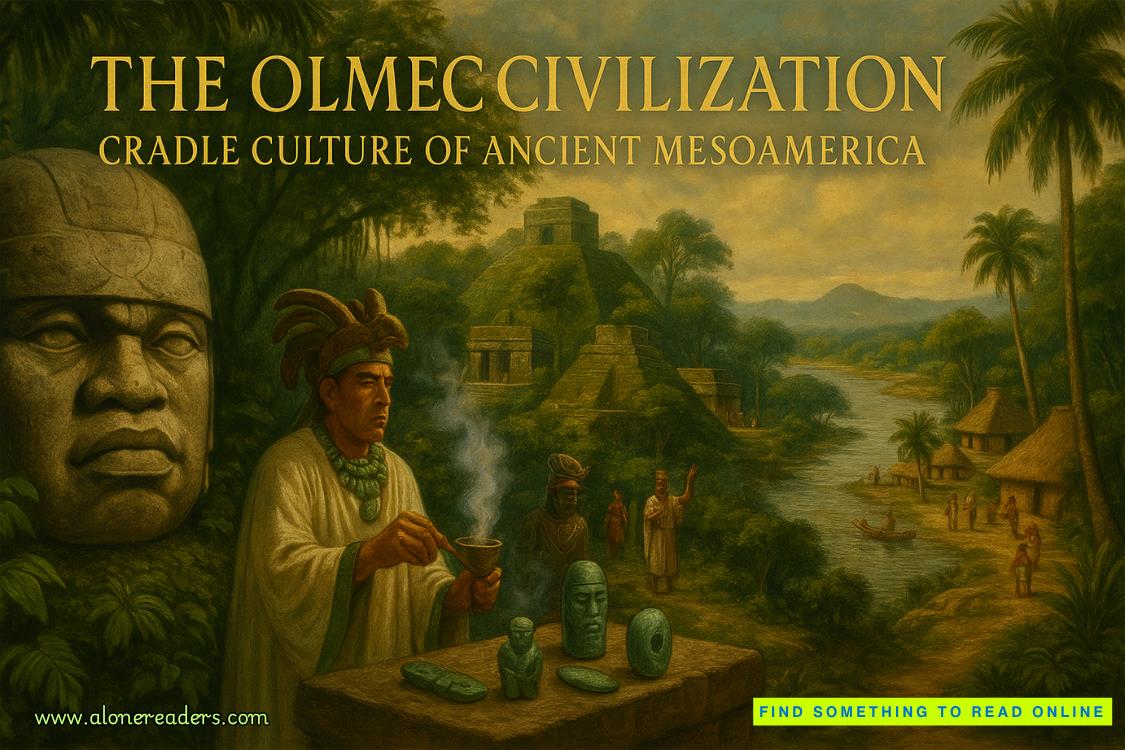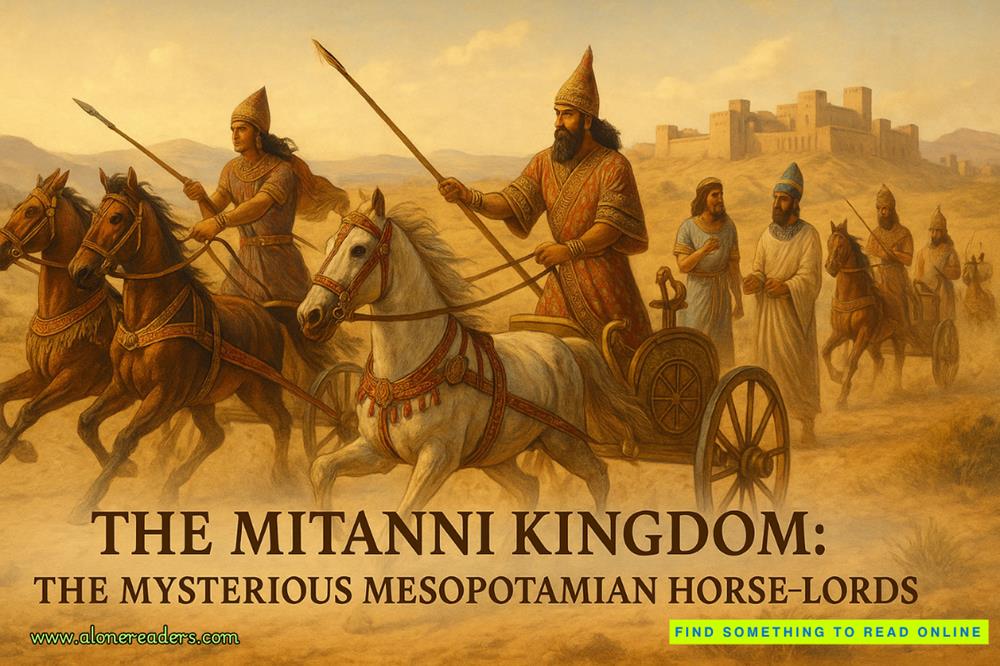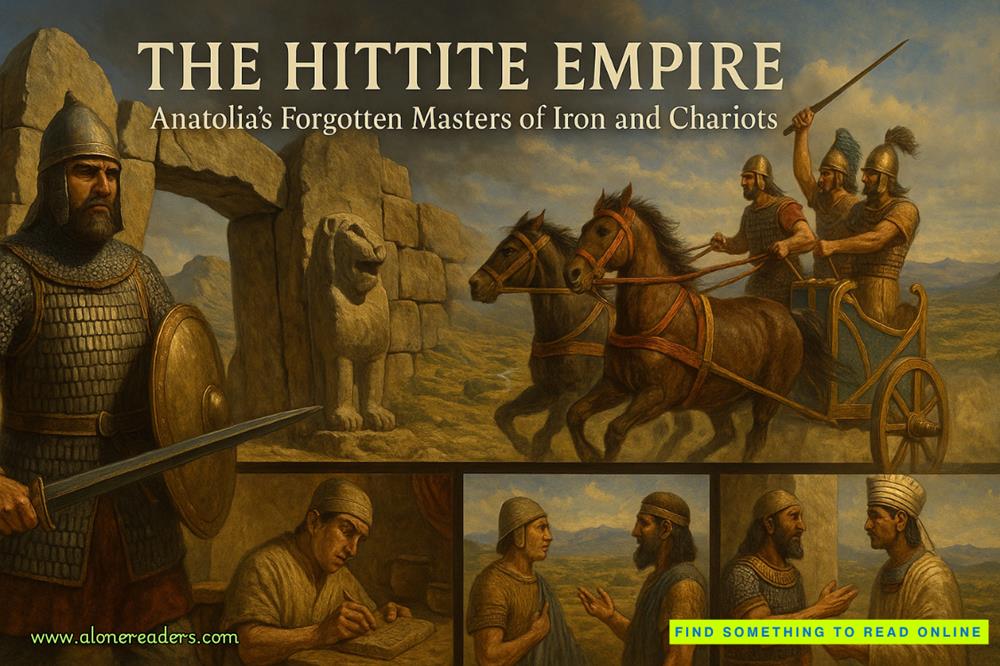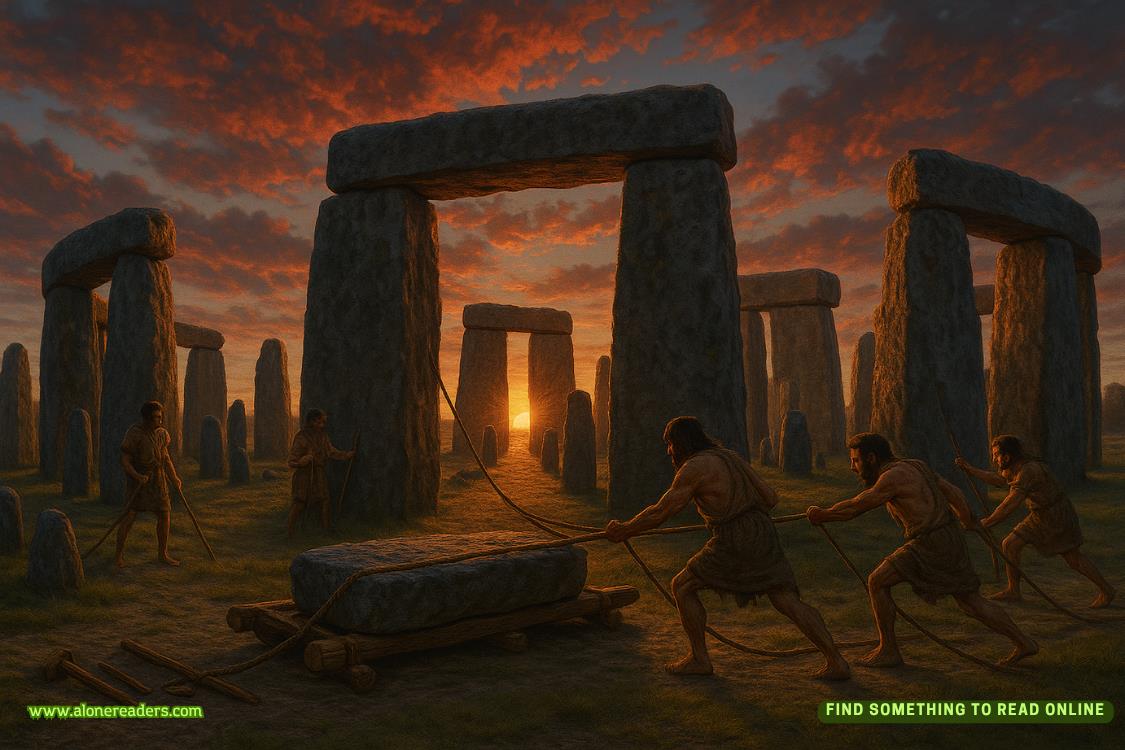Page 89 of Tiger's Quest
She waved her hand. “Please explain. What exactly is of great import?”
He smiled and leaned forward. “We are on a quest that has led us to the great country of Tibet. Only within its borders can we find what we are seeking.”
“Are you seeking riches? For you won’t find any here. We are a humble people and have nothing of worth.”
“Money? Treasure? These are not our purpose. We have come to seek the knowledge that only the Ocean Teacher possesses.”
Again, when Mr. Kadam mentioned the Ocean Teacher our interviewer abruptly paused. She stood and asked us to wait. Half an hour later, we were guided into an inner sanctum. The accommodations were more humble than the last two rooms. We sat upon old, wobbly wooden chairs. A reticent monk dressed in red robes entered. He looked down on us from his beaked nose for a long moment and then took a seat.
“I understand you wish to speak with the Ocean Teacher.”
Mr. Kadam bowed his head in silent acknowledgement.
“You have not shared your reasons with the others. Would you share them with me?”
Mr. Kadam spoke, “The words I would give you would be the same words I gave to the others.”
The monk nodded brusquely. “I see. Then I am sorry, but the Ocean Teacher has no time to meet with you, especially as you have been unforthcoming as to your purpose. If the matter you wish to discuss is deemed important enough, your message will be conveyed.”
I spoke up, “But it’s very important that we speak with him. We would share our reasons, but it’s a matter of trusting the right people.”
The monk looked thoughtfully at each of us. “Perhaps you would answer one last question.”
Mr. Kadam nodded.
The monk pulled a medallion from around his neck, handed it to Mr. Kadam, and said, “Tell me, what do you see?”
Mr. Kadam replied, “I see a design similar in nature to the yin-yang symbol. The yin or dark side represents the female and the yang, which is the light side, represents the male. These two sides are in perfect balance and harmony with one another.”
The monk nodded as if he expected that answer and stretched out a hand. His expression was closed. I knew he was going to dismiss us.
I hurried to interject, “May we look at the medallion?”
His hand arrested in midair before handing the medallion to Kishan.
Kishan turned the medallion back and forth for a moment and whispered, “I see two tigers, one black and one white, each chasing the other’s tail.”
The monk pressed his hands on the desk as I took the medallion and nodded with interest. I quickly glanced at Mr. Kadam, and then at the monk, who was now leaning forward waiting for me to speak.
The medallionwassimilar to a yin-yang symbol, but a line divided the medallion in half. The outline of white and black could be identified as cats, so I could easily see why Kishan had said they were tigers, each with a strategically placed dot for an eye. The tails curled around the center and twisted together around the bisecting line.
I looked up at the monk. “I see part of athangka. A long, central thread, which is female, serves as the warp and the white and black tigers are both male and wrap around her. They are the weft which complete the fabric.”
The monk inched closer. “And how is thisthangkawoven?”
“With a divine shuttle.”
“What does thisthangkarepresent?”
“Thethangkais the whole world. The fabric is thestoryof the world.”
He sat back in his chair and ran a hand over his bald head. I handed him back the medallion. He took it, looked at it thoughtfully for a moment, and then placed it around his neck. He rose.
“Will you excuse me for a moment?”
Mr. Kadam nodded. “Of course.”
We didn’t wait long. The young woman who had interviewed us earlier instructed us to follow her. We did and were given accommodations in a comfortable suite of rooms. Our bags were packed at the hotel and brought to us.















